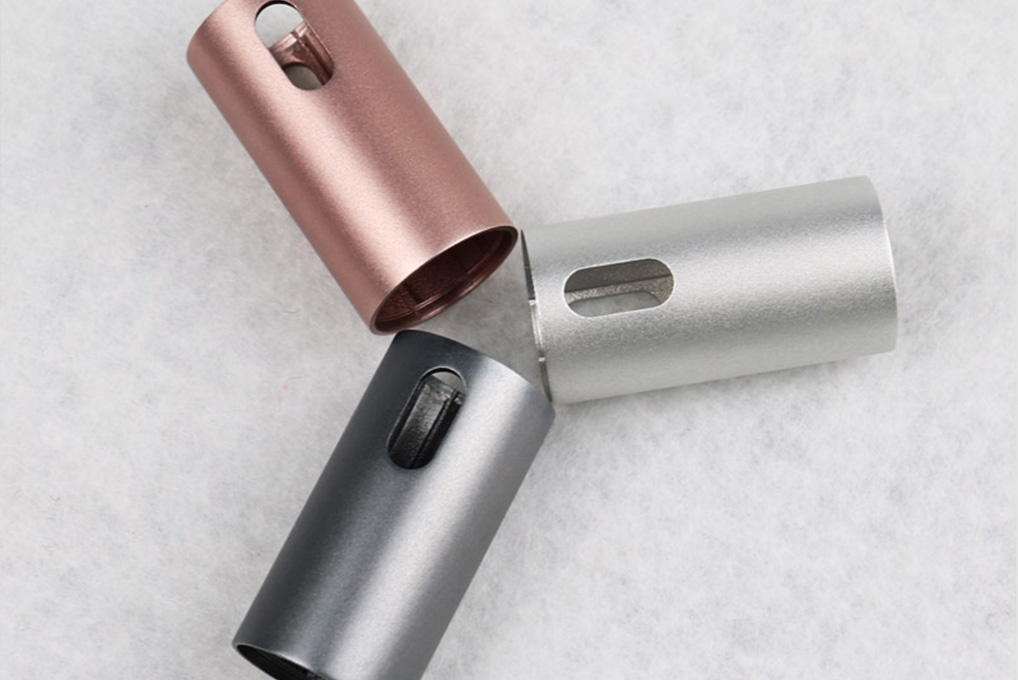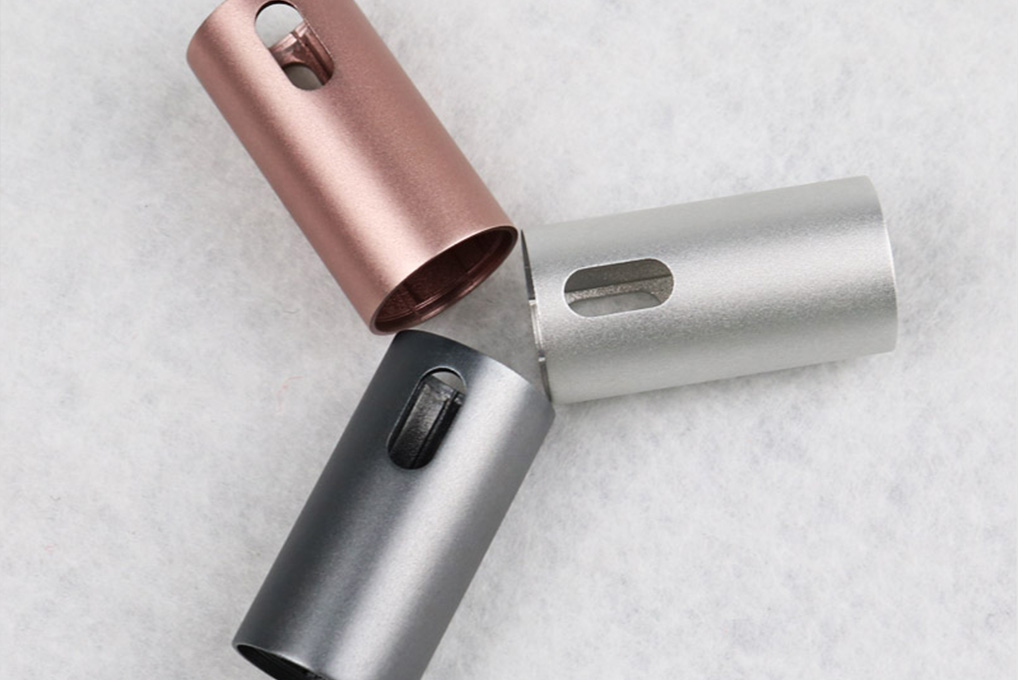

Aluminum alloy is a kind of metal material in the prototype industry. This material is widely used and plays a great role in aerospace, automobile and machinery manufacturing. Aluminum alloy has low density but relatively high strength, which is close to or surpasses high-quality steel. Good plasticity, can be processed into various profiles, with excellent electrical conductivity, thermal conductivity and corrosion resistance.
This prototype is divided into 6 processes from drawing to prototype production.
1. Programming: compile the processing program according to the 3D drawing provided by the customer
2. CNC processing: Processing is performed by CNC processing equipment according to the program written by the programmer, and the material is made into the prototype of the product.
3. Manual processing: After CNC processing, you need to manually organize it first, such as removing the front, clearing the right angle, inspecting the size and checking whether there is any problem with the structure processing. In addition, the structural parts should be adapted first to see if they can be assembled!
4. Grinding: The surface of the hand plate that has just been processed from the machine is relatively rough and the knife marks are more serious. Then you need to use sandpaper to polish and polish the surface. After polishing, the surface of the prototype will be very smooth and fine!
5. Sandblasting: The effect of spraying a layer of sand on the surface of the prototype makes the prototype samples look more high-end and perfect (Of course the sand is divided into coarse sand and fine sand. The common sand in the prototype factory is 100# sand, 150# sand and 180 #沙, the larger the value, the finer the sand)
6. Oxidation: Generally speaking, if the aluminum alloy prototype is in contact with air, oxidation reaction will occur on its surface over time, and alumina will be formed on the surface of the prototype. It is worth mentioning that natural oxidation will cause the surface of the aluminum alloy hand plate to be unsightly, so artificial oxidation is required. When the aluminum alloy prototype is oxidized, the aluminum oxide produced is a relatively stable substance and will not react with oxygen in the air again, so it can maintain this color for a long time. Therefore, there are two main purposes of aluminum alloy prototype oxidation: one is to prevent the surface of the prototype from being corroded, and the other is to improve the aesthetics of the prototype.